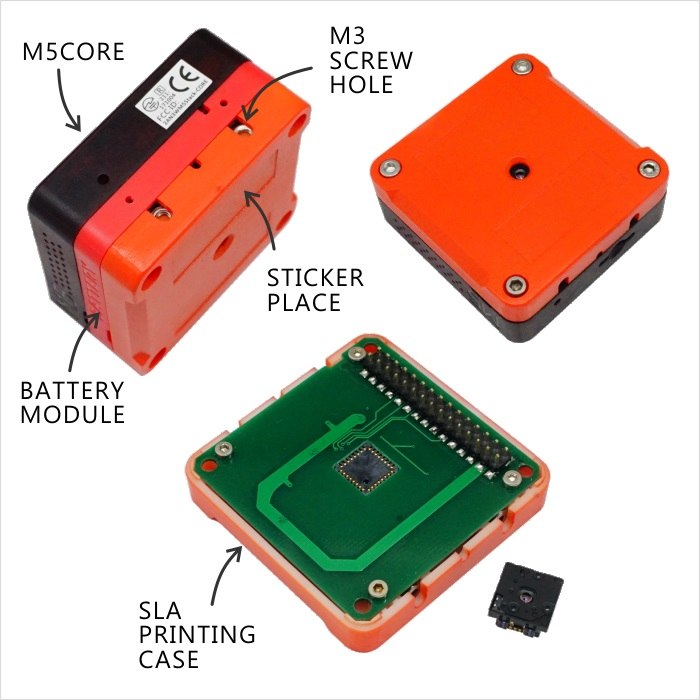


I find this approach more purposeful than me finishing the project on my own, then writing just the successful steps, as it allows us to learn from mistakes together, and in turn, to understand why the final component choices and design decisions are better than their counterparts. As with my other projects on this blog, we will be going through the process of making the project together.
FLIR LEPTON COST HOW TO
In this article, I will be discussing what a thermal camera is, and how to build one instead of settling for a ready-made commercial one. I don’t necessarily need the ratiometric output or the higher maximum temperature for my applications, but the high resolution is definitely welcome. The commercial thermal cameras I’ve seen using FLIR Lepton sensors don’t appear to be using the latest revision, the Lepton 3.5, which is ratiometric and of higher resolution, thus giving better range. It’s considerably more fun to build one yourself. Simply buying a thermal camera is a little boring.

Many of those utilize FLIR’s Lepton sensors, which are quite affordable for thermal sensors. These days, there are some amazingly feature-rich and relatively low-cost thermal cameras that can plug into your phone available on the market. I have a couple of upcoming projects where a thermal camera would be very handy. Get Started with Altium Upverter, Sign Up Now.


 0 kommentar(er)
0 kommentar(er)
